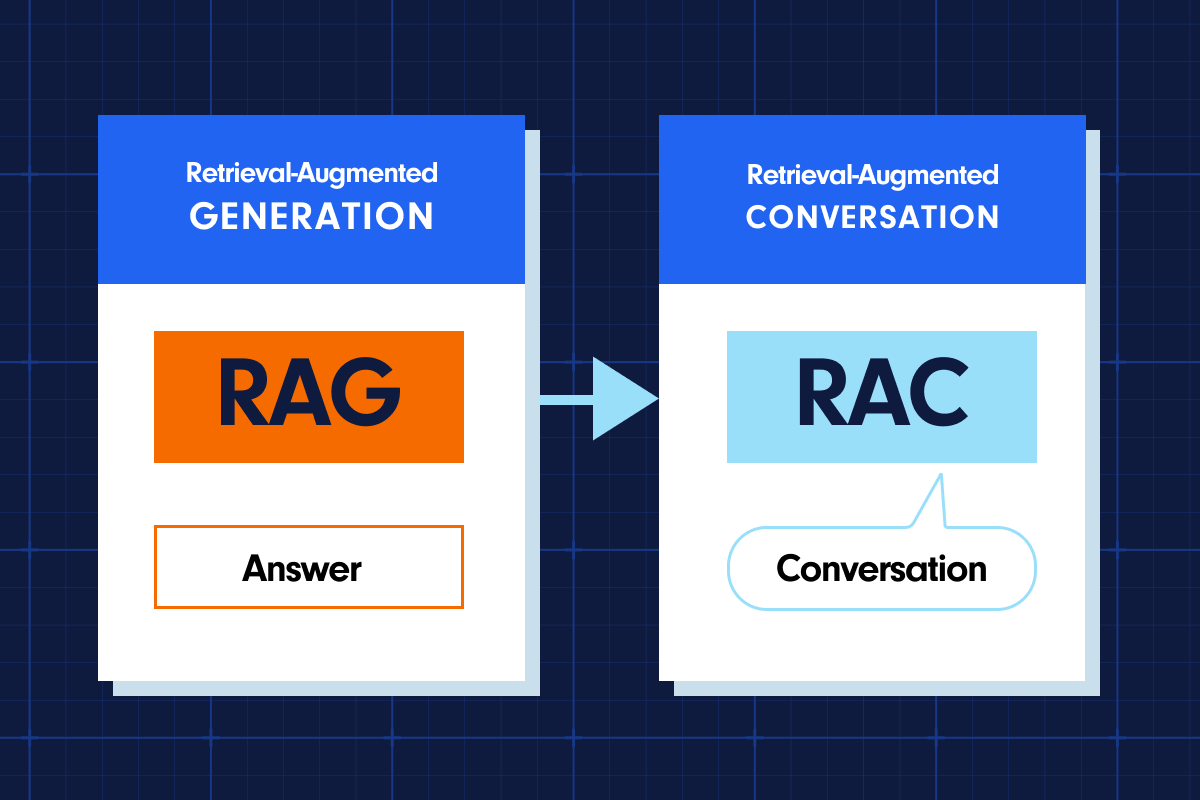The medical device service industry continues to expand while other sectors are experiencing downturns. But increased demand alone can’t save it from costly challenges such as the skills gap, says Aquant’s Medical Device Service Benchmark Report.
Read on to learn why the medical device industry’s top-performing companies decided that now is the ideal time to invest in data-driven tools that improve service outcomes.
This year’s benchmark data was gleaned from:
- 44 organizations
- More than 4.6 million work orders
- Over 15,000 technicians
- Over $3.4 billion in total service costs
- An average of 3.5 years of service data per company
ANNUAL REPORT
The 2024 Medical Device Benchmark Report
The market for medical devices has been rapidly growing in recent years—but is currently facing issues with supply chain distribution, increasing service costs, upcoming retirements, and knowledge gaps. Download the latest report to learn more.
This year’s critical findings include:
- The medical device industry remained busy. With a 2.5% increase in field events and a 6% increase in technicians, the medical device sector had to keep up with the pandemic’s demands.
- The sector experienced cost savings thanks to strategically-leveraged technology. Many organizations left behind traditional models to adopt remote- and self-service options, as evidenced by the 4.5% increase in First Time Fix Rates and the 34% increase in Time Between Visits. These improvements can be credited to technology, self-service options, and remote tools. Most importantly, this shift resulted in a 4% decrease in Resolution Costs.
- However, the medical device industry still faces serious challenges like the skills gap. Even though there was an increase in the number of technicians on the field, these techs completed 3% fewer work orders, indicating Time to Competency and upskilling issues. As these issues compounded, lower-performing technicians cost their organizations an average of 86% more than top performers. In the bottom 20% of organizations, this gap was as high as 203%.
- It’s essential to make critical changes that bridge service divides. Thriving organizations are combating high service costs, upskilling challenges, and other service delivery hurdles by:
- Creating trust in data and normalizing data sanitation.
- Prioritizing a workforce with diverse skills.
- Investing in relevant tools and training.
- Shifting to proactive service models.
- Leveraging shared knowledge.
- Empowering your team is worth it.
To get ahead—and stay ahead—medical device service organizations should invest in crucial technology initiatives to enhance knowledge, strengthen teams, and make strategic, data-backed decisions that put them at the forefront. Investing in the right tools, such as AI, to help your team perform like the top 20% of technicians can reduce your service costs by 30%.
Read Aquant’s latest Medical Device Service Benchmark Report to understand the state of the sector and how your org stacks up.
Recent Posts
-

How Businesses Can Avoid Becoming Part of Gartner’s Predicted 40% Failure Rate in Agentic AI Projects
Read More »July 14, 2025 Assaf Melochna






